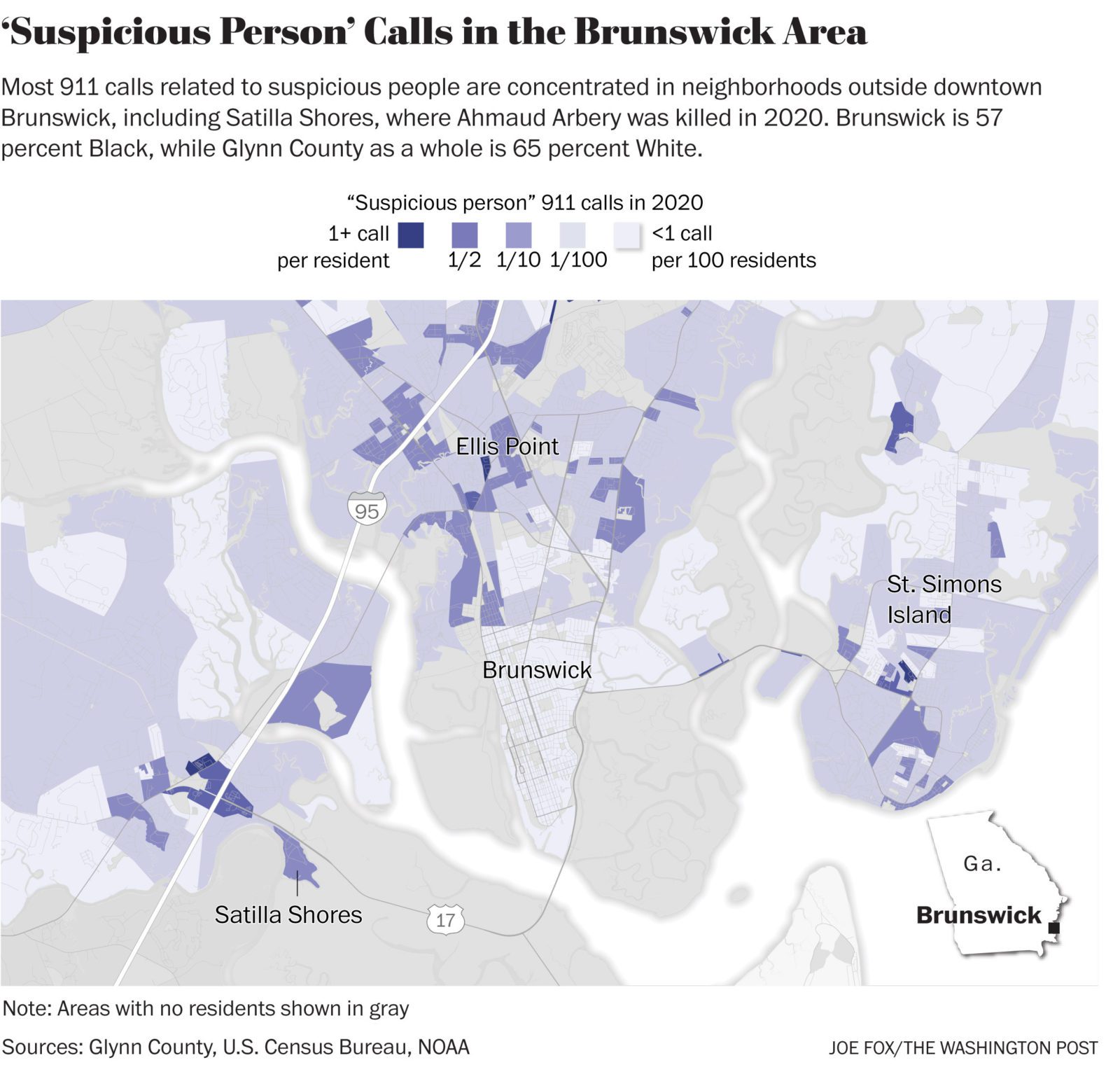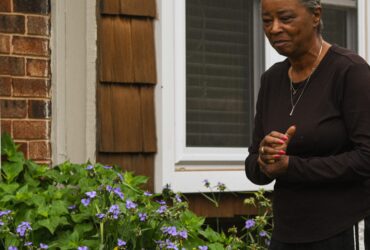After Ahmaud Arbery was murdered while jogging in a majority-white neighborhood in Glynn County, Georgia, initial police reports cast him as a burglar and “suspicious person,” not a victim of crime. Many Black people who live in Brunswick, the county seat surrounded by a white majority, told The Current that they believed bias toward people of color by local police and white residents played a significant role in the way the case was initially handled. The Current, the only local, digital investigative news organization covering Coastal Georgia, decided to test the hypothesis that county police show bias against people of color, using a data-driven investigation that probed Glynn County’s law enforcement system.
With a grant from the Fund, the reporting team of Margaret Coker, Nick Perez and Donnell Suggs spent 10 months requesting police, crime and 911 call data. They examined court documents and government records and spoke to more than three dozen residents and officials. The resulting analysis revealed disturbing patterns that exposed how differently Glynn County police treat Black and white residents. For example: three years of police data revealed that 77% of 911 emergency calls reporting “suspicious persons” were from majority white neighborhoods in the county. Eighteen of these 911 calls came from the neighborhood where Arbery was murdered, in the six months leading up to his death. Moreover, police were warned of the risk of implicit bias in the force during an audit back in 2017, a fact revealed The Current. But the department has yet to act on the recommendations from the International Association of the Chiefs of Police. A group of concerned residents has begun seeking more police accountability, and The Current’s reporting has been incorporated into the toolkit the group is using. The Current’s reporting has provided important data for their demands for reform.




